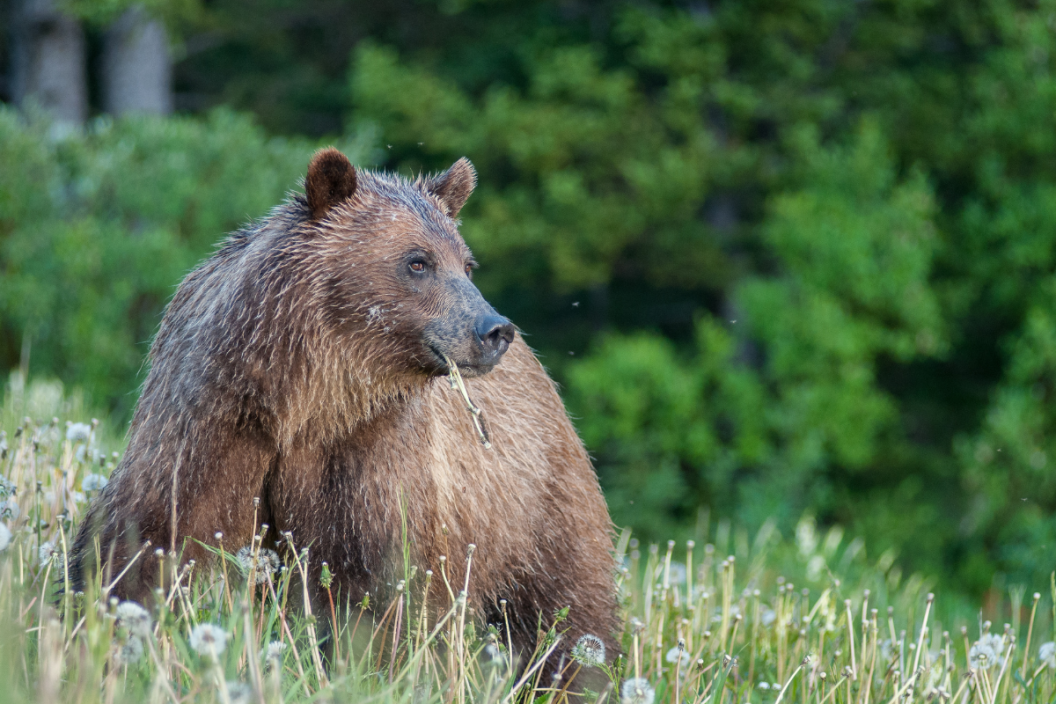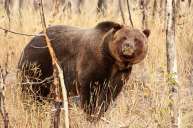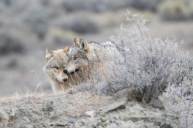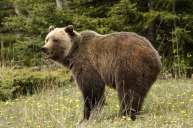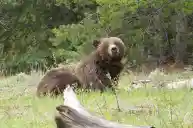Grizzly bears have long been under federal protection to prevent extinction. However, U.S. Fish and Wildlife officials say the large predators have come a long way. Their populations have recovered and no longer need protection near Yellowstone and Glacier national parks. Montana, Wyoming and Idaho officials handed over a "substantial" amount of information to government agencies showing the recovery of the grizzlies' population. However, federal officials have some concerns about lifting the regulations in Idaho. Recent laws passed in the Republican-led states could eventually cause harm to the grizzlies.
"We will fully evaluate these and other potential threats," said Martha Williams, director of the U.S. Fish and Wildlife Service. Ending the federal protections opens the door for hunting. However, a decision won't be made anytime soon. The Biden administration will study the move for at least a year.
One of the most concerning elements is the aggressive gray wolf hunting policies recently implemented by Republican lawmakers. As a result, trapping rules have been loosened, and grizzlies could end up being killed instead.
There once were 50,000 grizzlies in the Western states, but they were hunted almost to extinction, especially in the northern Rockies. Now, the lower 48 states have around 2,000 bears. Alaska is home to larger populations, and hunting is allowed there.
The growing population in Yellowstone and Glacier national parks has led to more interactions between people and bears, including some maulings and livestock attacks. However, Montana Gov. Greg Gianforte said the population's recovery "represents a conservation success."
Federal protections were removed in 2017, which allowed people in Wyoming and Idaho to hunt grizzlies. But a judge stepped in and restored the protections in 2018 after environmentalists said the science that led to the protections removal was not sound.
"We should not be ready to trust those states," said attorney Andrea Zaccardi of the Center for Biological Diversity. Environmental groups want the population to continue to flourish and migrate into new regions.
In 2021, government scientists declared that the population had recovered, but the protections would remain because of human-caused bear deaths, even though wildlife officials often are the ones killing them. The study will bring a long-awaited answer to Montana and Idaho's petitions to lift federal protections and allow states to manage their populations.
